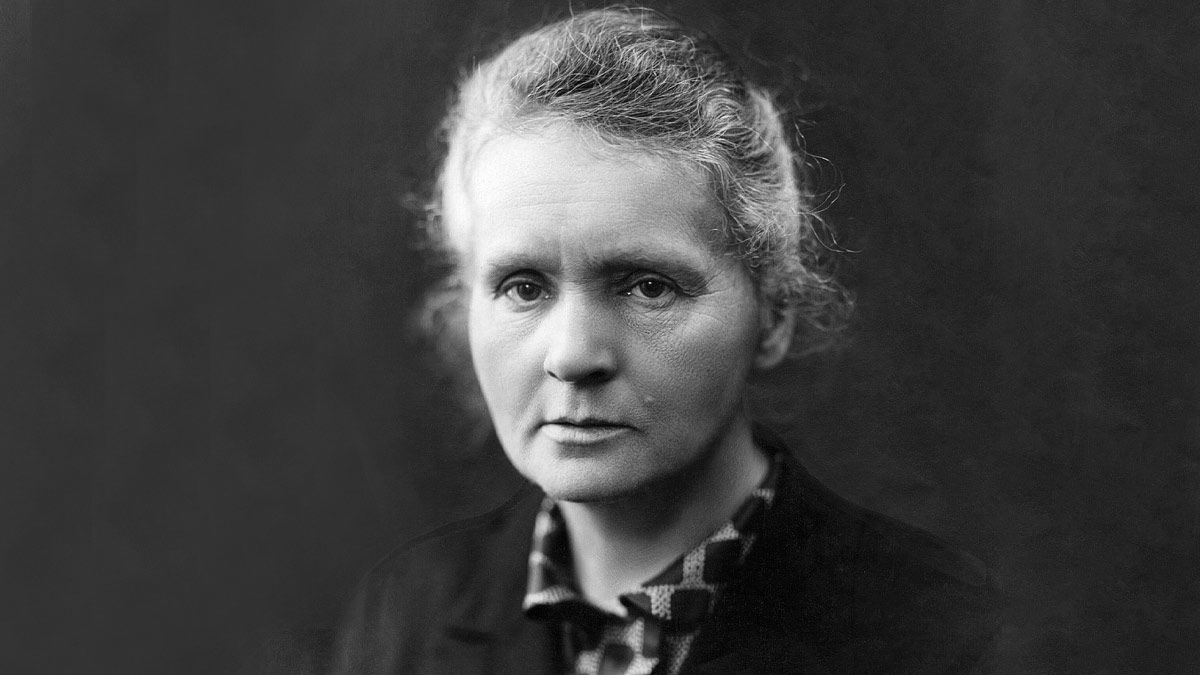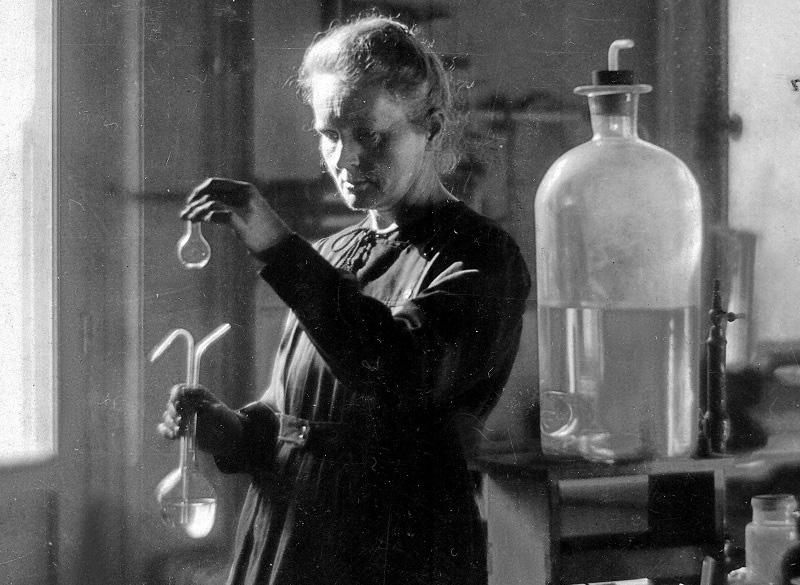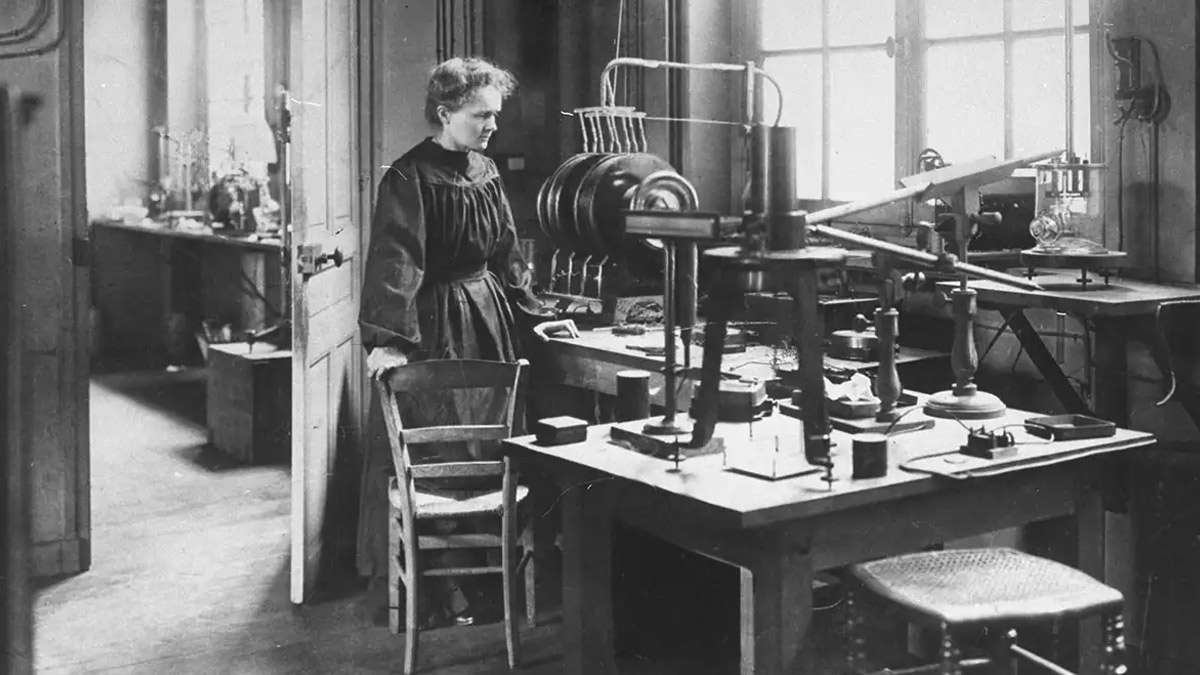
Madam Marie Curie was a trailblazing physicist and chemist who gave her life to advance the field of radioactive materials, which laid the foundation for modern radiation therapy in the fight against cancer. Succumbing slowly to radiation poisoning, she was a true luminary in the realm of radiation. She gave the gift of radiotherapy to the field of cancer treatment, which also afforded her the Nobel Prize.
Table of Content:-
The Union Health Minister Dr Harsh Vardhan first announced the National Cancer Awareness Day to be celebrated on 7th November, which is also Madam Curie’s birth date. On the occasion of her birthday, the team of OnlyMyHealth spoke to Shankar Seshadri, General Manager, Elekta, Dr Munish Gairola, Director, Radiation Oncology, Rajiv Gandhi Cancer Institute, and Dr C P Bhatt, Consultant Radiation Physicist, Sarvodaya Hospital Research Center, Faridabad, to understand Madam Curie’s contributions to cancer treatment.
Madam Curie And Radiotherapy

Expressing his gratitude for the contributions made by Madam Curie, Seshadri said, “She has made invaluable contributions to the world of cancer treatment. Her pioneering spirit and relentless dedication to science are inspirational to the current generation of healthcare practitioners and researchers, as we strive to improve cancer care and seek new ways to combat this devastating disease.”
According to the World Health Organisation, ‘More than 50% of cancer patients require radiotherapy as part of cancer care and it is frequently used to treat the most common types, such as breast, cervical, colorectal, and lung cancer.’ This highlights just how significant Madam Curie’s work was to modern cancer treatment.
“It is a testament to Madam Curie’s enduring legacy that her work, conducted over a century ago, still resonates profoundly in our quest to conquer cancer,” commented Dr Gairola.
Also Read: Proton Beam Therapy: What Is It And How Is It Different From Conventional Radiation Therapy?
What Is Radiation Therapy?

Dr Bhatt expressed, “In the realm of cancer treatment, Curie’s discoveries paved the way for the development of radiation therapy. Her work led to the realisation that radiation could be harnessed to target and destroy cancer cells. Today, her legacy lives on in the countless lives saved and improved through the advancements in radiation therapy for cancer.”
The American Cancer Society shared that radiation therapy for cancer uses high-energy particle beams to destroy or damage cancer cells. The significance of radiotherapy lies in the fact that unlike chemotherapy and other cancer treatments which expose the whole body to cancer-fighting drugs, radiation therapy is highly targeted so it damages cancer cells with as little harm as possible to nearby healthy cells.
“As a radiation oncologist, I am grateful for her pioneering efforts and the remarkable impact they have had on my field. Her work has lit the path for us to bring hope and healing to those facing the challenges of cancer,” expressed Dr Gairola.
Also Read: Trends To Look Out For In Radiation Oncology: Advances In Technology And Treatment Delivery
National Cancer Awareness Day is a great reminder that cancer care is a collective endeavour, spanning generations and uniting dedicated professionals in the field of cancer treatment, who have been carrying forward Madame Curie’s torch, inspired by her enthusiasm and commitment to science.
Also watch this video
How we keep this article up to date:
We work with experts and keep a close eye on the latest in health and wellness. Whenever there is a new research or helpful information, we update our articles with accurate and useful advice.
Current Version